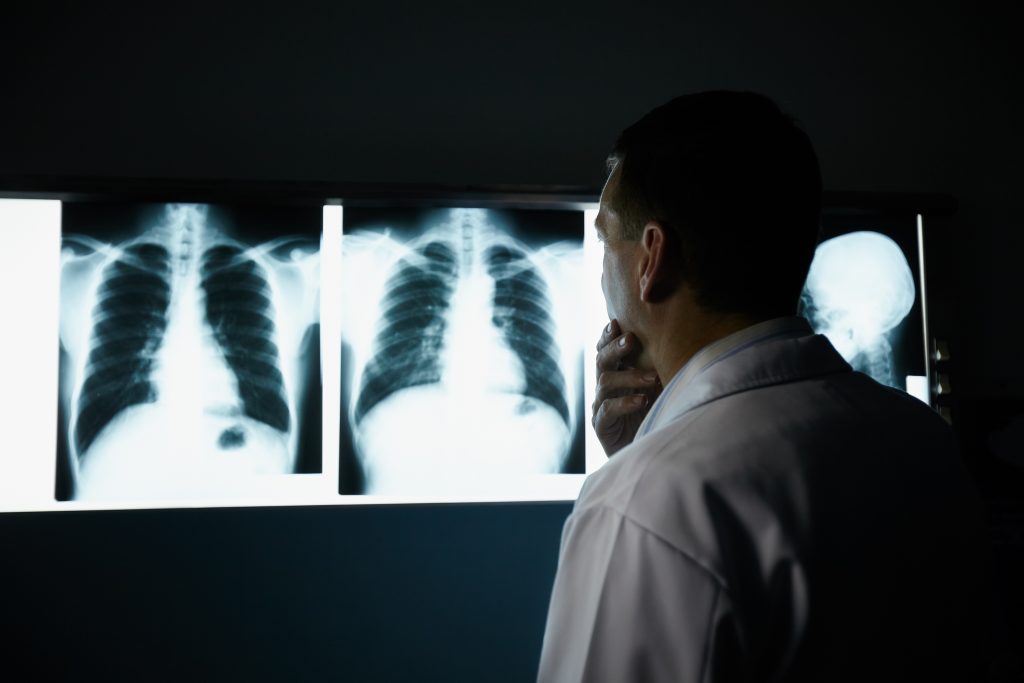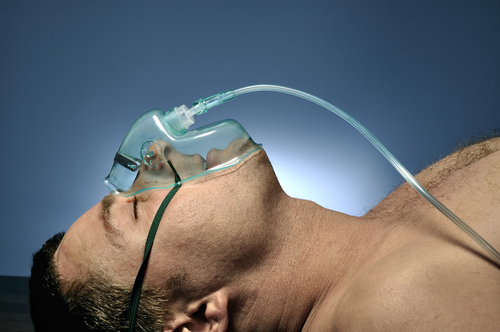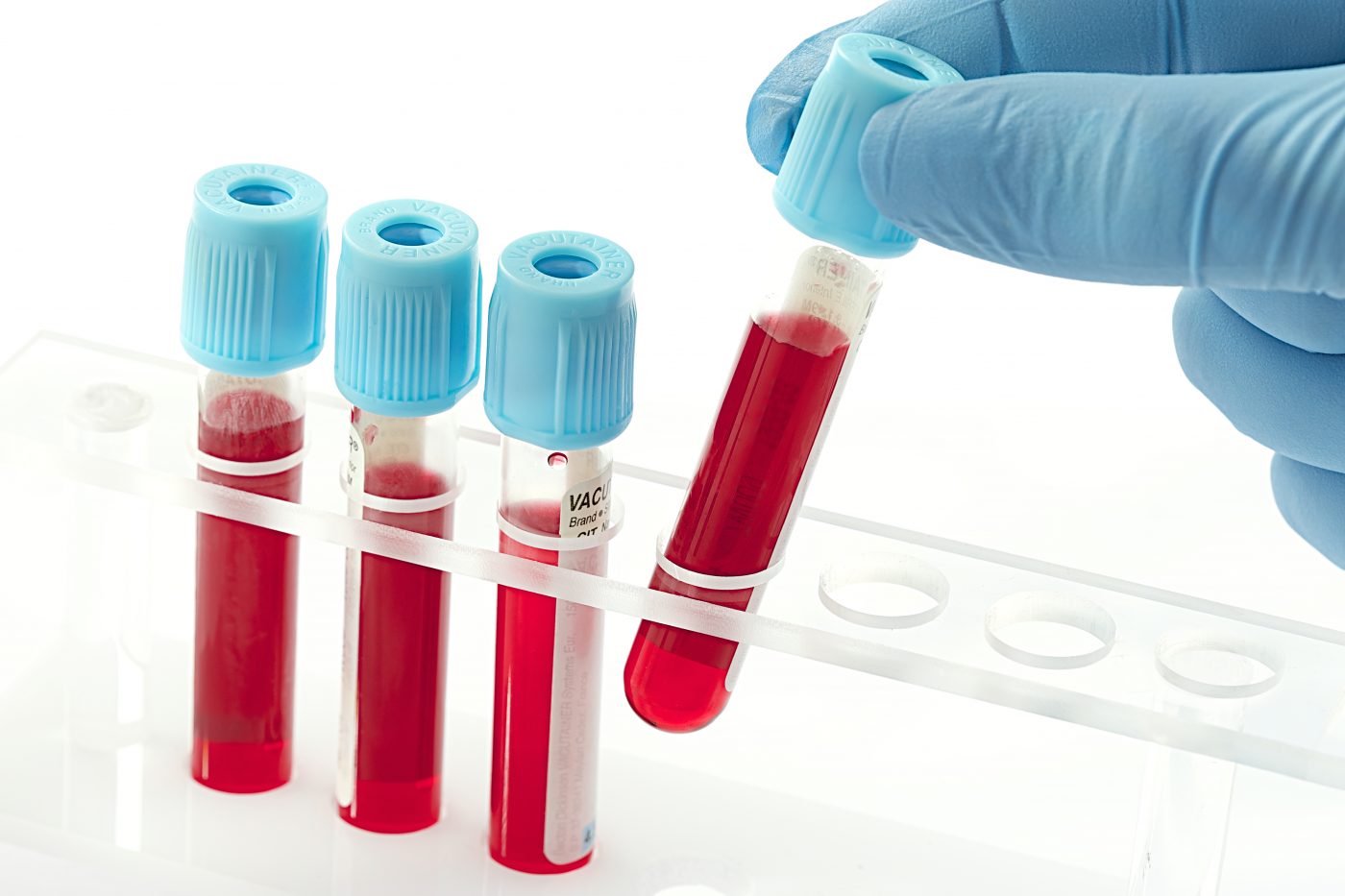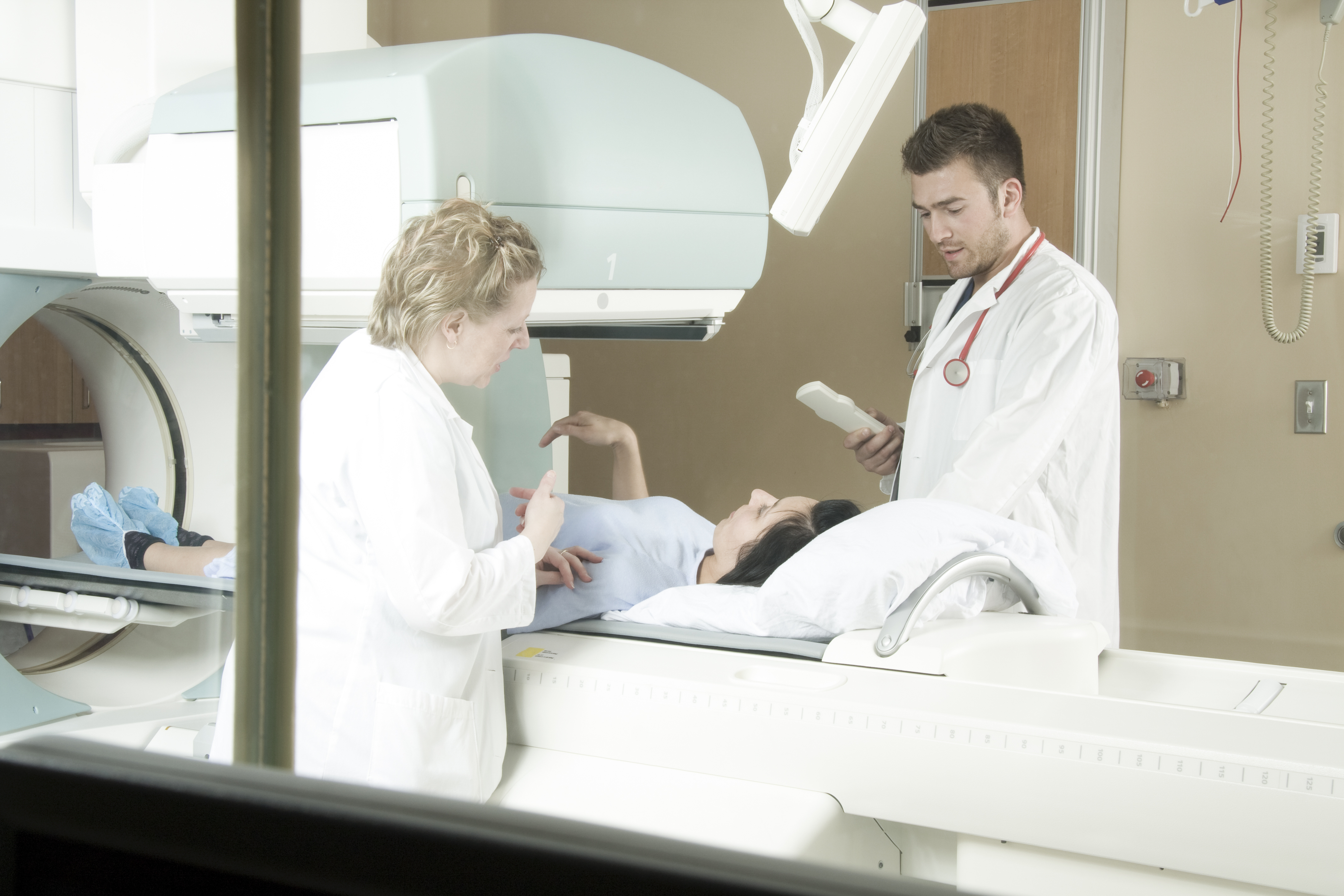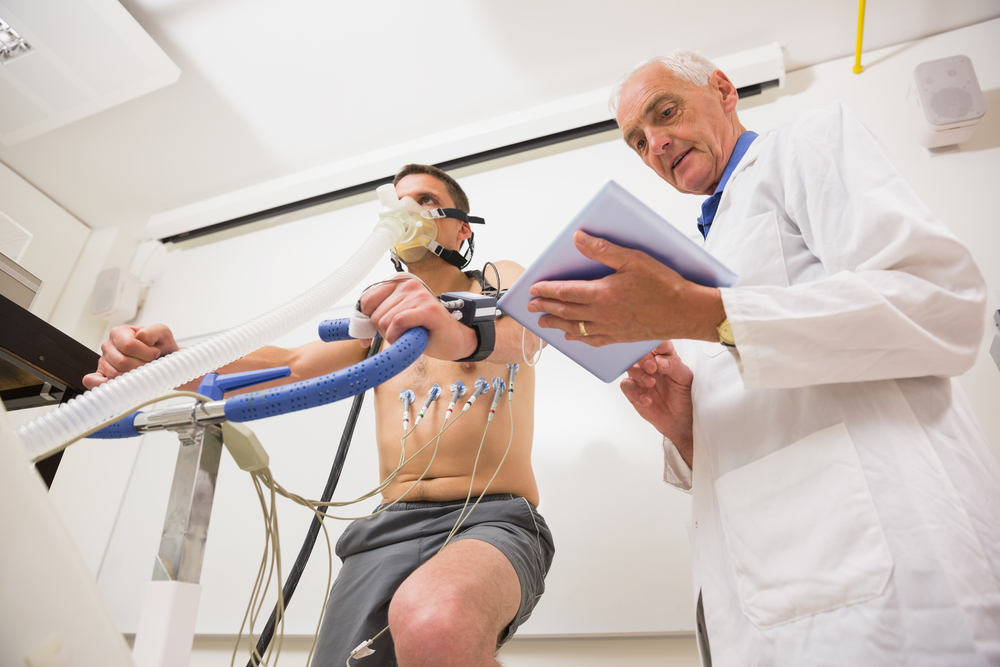6 Pulmonary Fibrosis Diagnostic Tools
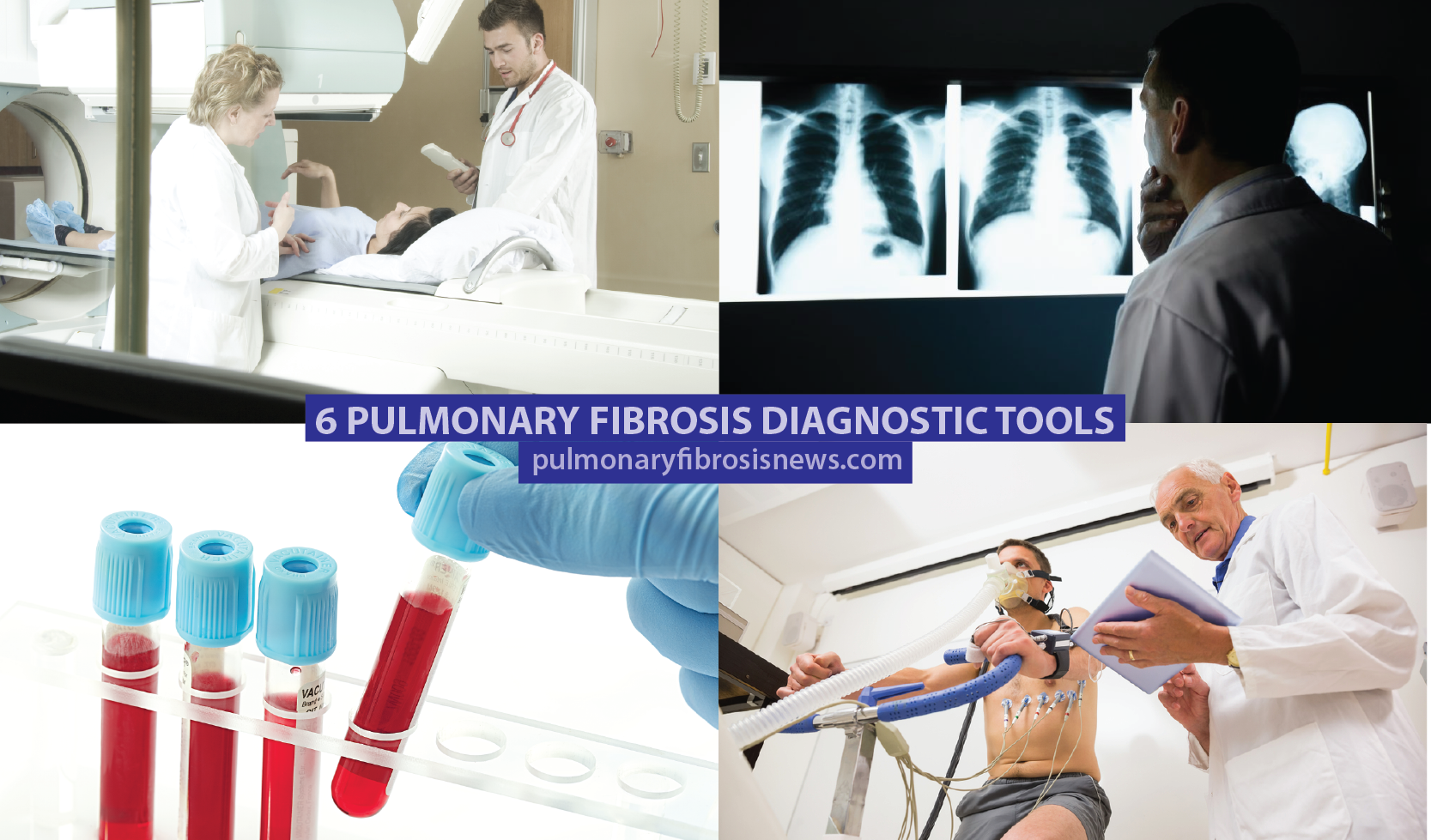
Diagnosing pulmonary fibrosis (PF) is complicated because symptoms may mirror those of other lung disorders such as asthma, pulmonary hypertension or chronic obstruction pulmonary disease (COPD). Because of this, six different diagnostic tools are needed for an accurate diagnosis of PF, according to the American Lung Association.
1. Chest X-ray
Chest x-rays take a picture of the structure of the heart and lungs, which allows doctors to look for any shadows that may point to the presence of scar tissue.
Pulmonary fibrosis using novel x-ray imaging technique. Read more here.
2. Lung Function Tests
Patients are required to take a deep breath and then blow into a machine which measures the amount of air exhaled and the speed in which it’s exhaled. This helps doctors picture the level of lung damage.
A new study in mice shows that aerobic exercise can reduce lung fibrosis. Read more here.
3. Blood Tests
Patients are asked to provide blood samples to check the levels of oxygen in the bloodstream and to see if there are any infections present. The levels of carbon dioxide and oxygen in a patient’s bloodstream can also be measured using an arterial blood gas test.
Study find that two blood biomarkers may predict pulmonary fibrosis progression and likely outcomes. Read more here.
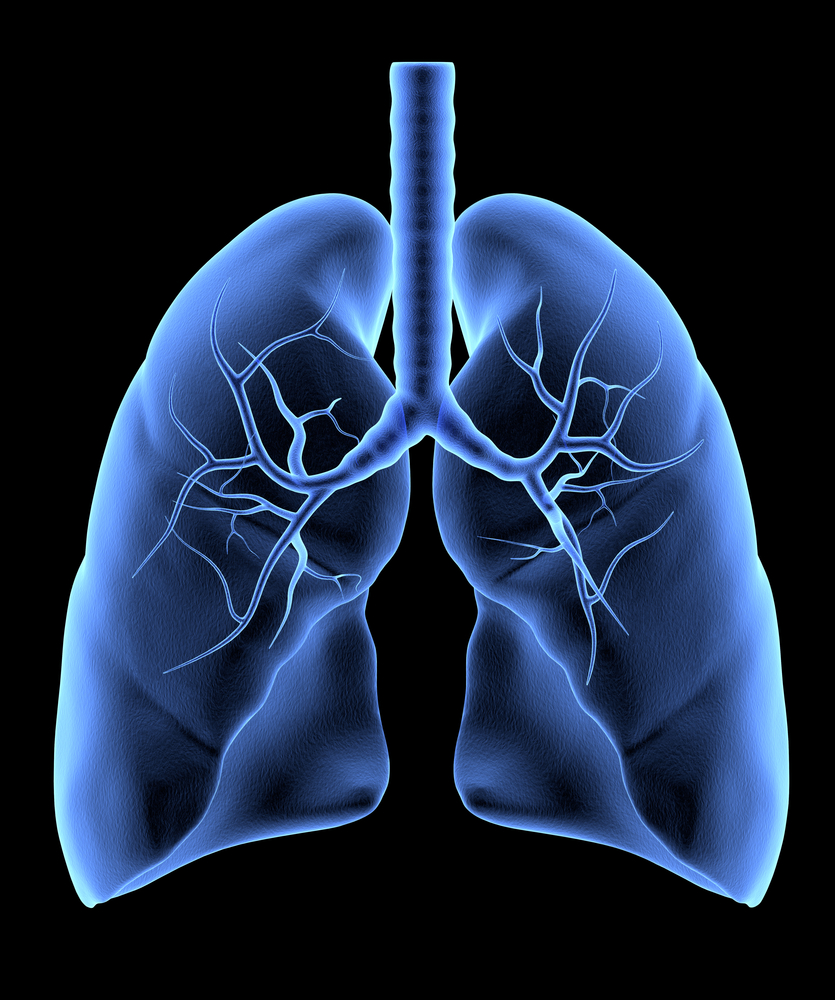
4. Lung Biopsy
A lung biopsy is the removal of a small sample of tissue which can be studied to assess damage. This can be done either as a surgical procedure or during a bronchoscopy.
Find out about six pulmonary fibrosis complications here.
5. CT Scan
In addition to a chest x-ray, doctors may request a high-resolution computed tomography (HRCT) scan which will show the lungs in better details. This gives doctors more precision than regular x-rays.
Here are nine steps to help manage idiopathic pulmonary fibrosis.
6. Exercise Testing
Another way to discover how well the lungs are functioning is an exercise test. Patients will be required to either walk or pedal on a stationary bike for a few minutes, which allows the doctor to see how well the lungs are delivering oxygen and removing carbon dioxide.
Learn more about some of the myths about lung transplantations.
Pulmonary Fibrosis News is strictly a news and information website about the disease. It does not provide medical advice, diagnosis or treatment. This content is not intended to be a substitute for professional medical advice, diagnosis, or treatment. Always seek the advice of your physician or another qualified health provider with any questions you may have regarding a medical condition. Never disregard professional medical advice or delay in seeking it because of something you have read on this website.




